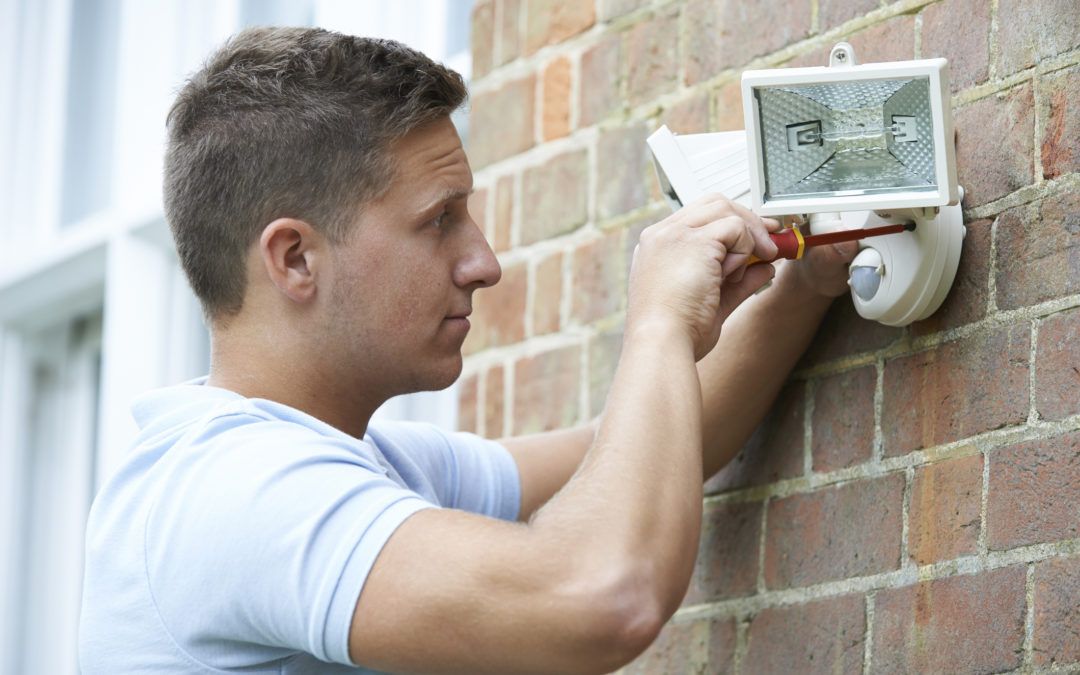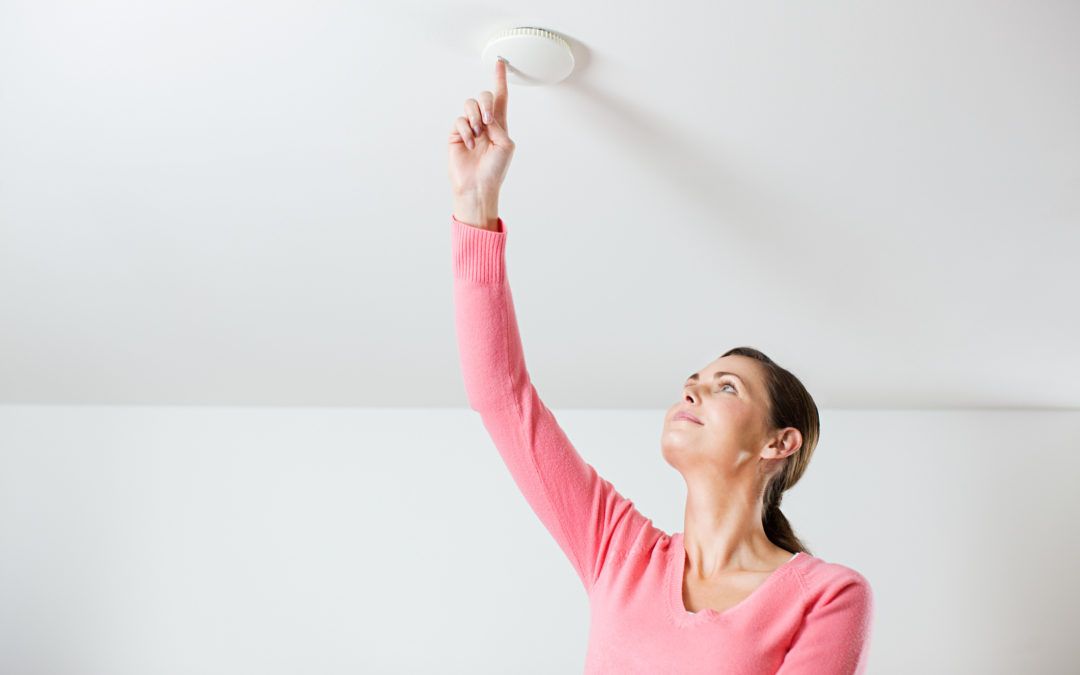More than 217,000 Australian households experienced a break-in (2.1 per cent) between 2023 and 2024, with a further 2.1 per cent (226,300) experiencing an attempted break in and 2.1 per cent (217,600) a theft from a motor vehicle during the same time. These statistics highlight how opportunistic thieves are and demonstrate that anyone can become a target.
While home security should be an important consideration at any time of the year, the lead-up to holiday periods can encourage homeowners to reassess home security options. When it comes to home security, there are two types of primary choices in the market: self-monitoring and live-monitoring systems.
Each has its advantages and disadvantages, so it’s important to weigh up the options and determine what will work best.
Self-monitoring home security systems
The primary benefits of self-monitoring systems are cost and flexibility. They typically have lower monthly fees and no long-term contracts, or just have one upfront fee for the system. Self-monitoring can provide adequate security at a lower price for tech-savvy homeowners who are frequently at home or nearby.
Homeowners can usually install the self-monitoring system themselves right away as many of the solutions on the market do not need a professional or electrician to set up. This benefits homeowners who need to protect their house fast.
Users can view these cameras easily and at any time via a mobile device or smart phone, usually through apps that are easy to set up and access. Homeowners can turn on notifications so they don’t miss anything that the cameras pick up.
However, self-monitoring systems places the onus of response on you, the homeowner. This can be problematic if you don’t have your phone on you, are in a meeting or at work, on a flight, or otherwise unable to immediately check and respond to notifications. It can also cause notification fatigue as every small movement is flagged, so you may miss something vital and not have time to respond.
Live-monitoring home security systems
On the other hand, live-monitoring involves a professional security service that watches over your property, with no lock-in contract options making it easy to end or add services if circumstances change. When an alarm is triggered, trained operators assess the situation and can quickly dispatch emergency services if needed.
Live-monitoring offers significant peace of mind, especially during extended absences such as when families travel during the holidays, as empty houses often attract opportunistic thieves. Parents who work while their teenage children are home during the holidays may also find live monitoring beneficial, knowing that someone can check on the situation if an incident occurs, and dispatch emergency services if needed.
Live-monitoring means that professionals are ready to intervene if a teenager is slow to respond to an alert or unsure how to handle a potential security breach. The effectiveness of live-monitoring is further supported by response-time data. This rapid response can be crucial in deterring intruders or minimising damage in case of fire or other emergencies.
Because these services can verify threats before dispatching authorities, they can be particularly valuable in rural areas, where police or fire services may be located farther away, and false alarms can divert resources from where they’re truly needed.
How to choose the right system
The choice between live-monitoring and self-monitoring depends on individual circumstances, budget, and risk tolerance. Live-monitoring offers extended protection backed by professional support. Self-monitoring offers a more cost-efficient solution with no lock-in contracts and the ability to make your own judgement in various situations.
To discuss your home security requirements or receive a quote call our team on 131 238 or visit https://www.adtsecurity.com.au
FAQs
What is self-monitoring security?
Self-monitoring security means you oversee your home security system without professional intervention. You receive alerts when sensors are triggered and decide whether to call emergency services.
What is the difference between monitored and unmonitored home security systems?
A monitored security system is professionally managed, ensuring emergency response when needed. A non-monitored system (self-monitored) relies on homeowners to respond to alerts.
Why is security monitoring important?
Security monitoring services ensure a rapid response to break-ins, fires, or medical emergencies, minimising damage and increasing personal safety.
Can I monitor my own home security system?
Yes, with a self-monitoring system, you can receive alerts and check security footage in real time. However, you are responsible for contacting authorities if a threat arises.





